North America : Market Leader in Coatings
North America is poised to maintain its leadership in the Abrasion Resistant Coatings Market, with a market size of $1395.62M in 2025. The region's growth is driven by increasing demand from industries such as automotive, aerospace, and construction, where durability and performance are critical. Regulatory support for advanced materials and sustainability initiatives further catalyze market expansion, ensuring compliance with environmental standards.
The competitive landscape is robust, featuring key players like PPG Industries, Sherwin-Williams, and AkzoNobel. The U.S. stands out as the largest market, supported by significant investments in R&D and innovation. The presence of established manufacturers and a growing focus on high-performance coatings are expected to drive further growth, solidifying North America's position in the global market.
Europe : Emerging Market Dynamics
Europe's Abrasion Resistant Coatings Market is projected to reach $835.42M by 2025, driven by increasing industrial applications and stringent regulations promoting high-performance materials. The region's focus on sustainability and eco-friendly products is a significant growth driver, with regulations encouraging the use of low-VOC coatings. This regulatory landscape fosters innovation and enhances market competitiveness, positioning Europe as a key player in the global arena.
Leading countries such as Germany, France, and the UK are at the forefront of this market, with major companies like BASF and Hempel driving advancements. The competitive environment is characterized by a mix of established players and emerging firms, all vying for market share. The emphasis on R&D and collaboration with end-users is expected to enhance product offerings and meet evolving customer demands.
Asia-Pacific : Rapid Growth Potential
The Asia-Pacific region is witnessing rapid growth in the Abrasion Resistant Coatings Market, with a projected size of $487.0M by 2025. This growth is fueled by increasing industrialization, urbanization, and rising demand from sectors such as construction and automotive. Countries like China and India are leading this trend, supported by government initiatives aimed at boosting manufacturing and infrastructure development, which are critical for market expansion.
China is the dominant player in the region, with significant contributions from local manufacturers and international companies like Nippon Paint and Kansai Paint. The competitive landscape is evolving, with a focus on innovation and cost-effective solutions. As the region continues to develop, the demand for high-quality coatings is expected to rise, further enhancing the market's growth trajectory.
Middle East and Africa : Untapped Market Opportunities
The Middle East and Africa (MEA) region, with a market size of $81.02M in 2025, presents untapped opportunities in the Abrasion Resistant Coatings Market. The growth is driven by increasing investments in infrastructure and construction projects, particularly in the Gulf Cooperation Council (GCC) countries. Regulatory frameworks are gradually evolving to support the adoption of advanced materials, which is expected to boost market demand in the coming years.
Countries like the UAE and South Africa are leading the charge, with a growing number of local and international players entering the market. The competitive landscape is characterized by a mix of established companies and new entrants, focusing on innovative solutions tailored to local needs. As the region continues to develop, the demand for durable and high-performance coatings is anticipated to rise significantly, driving market growth.
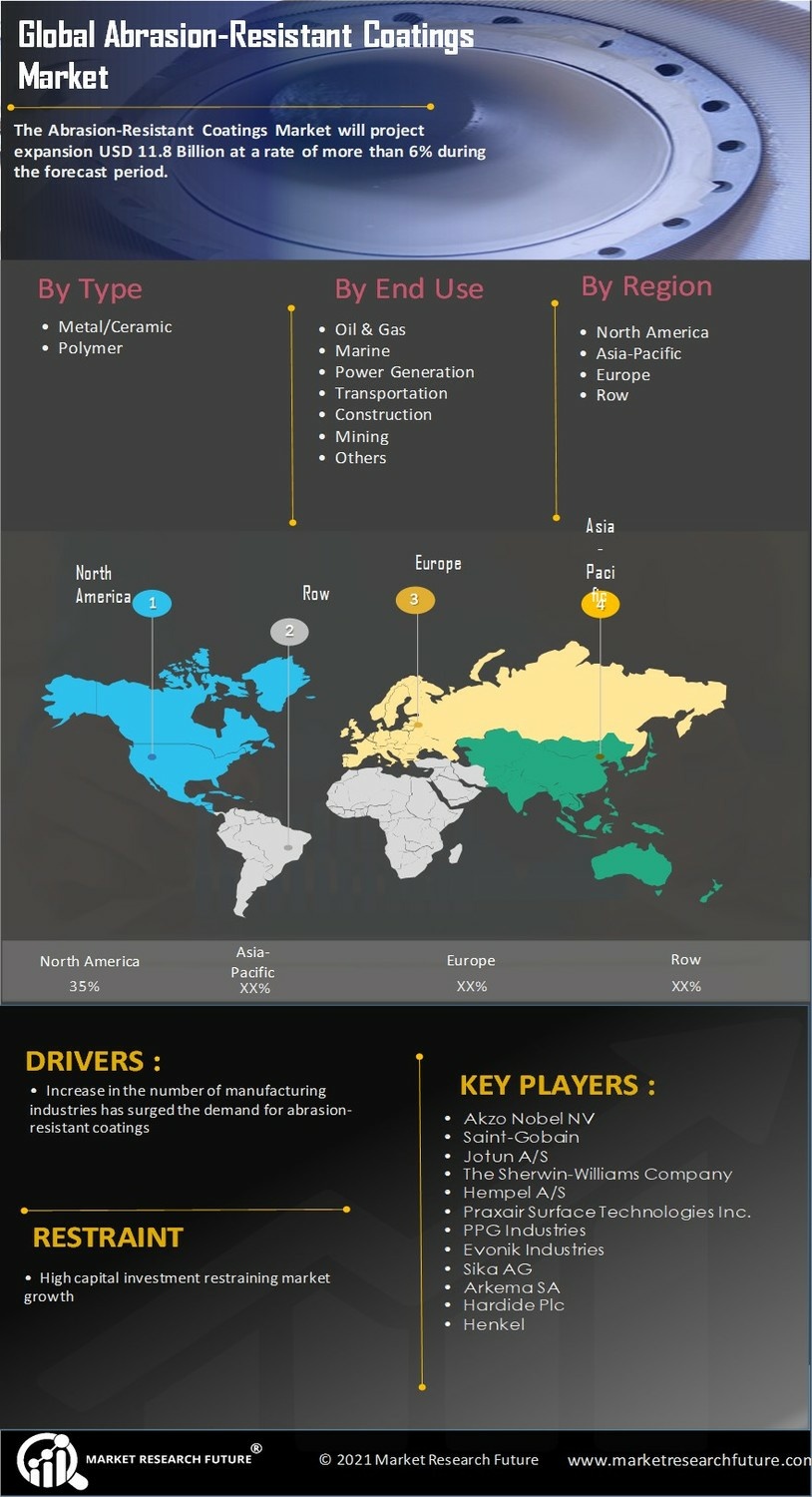

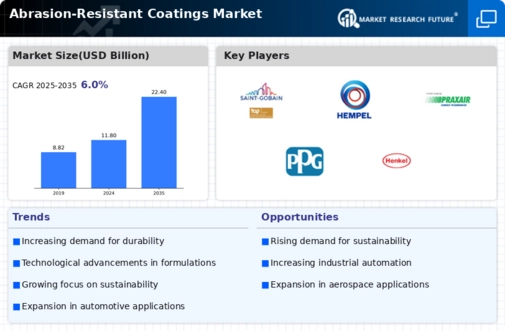
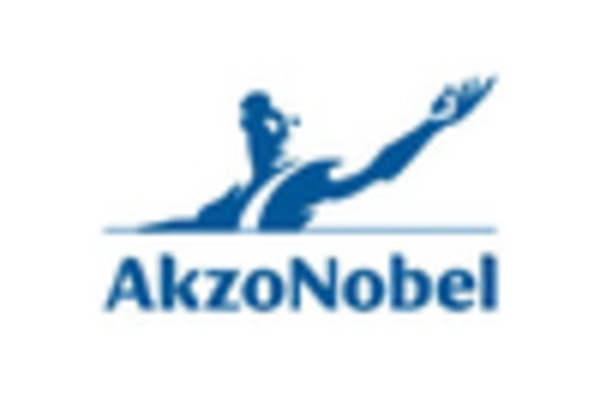
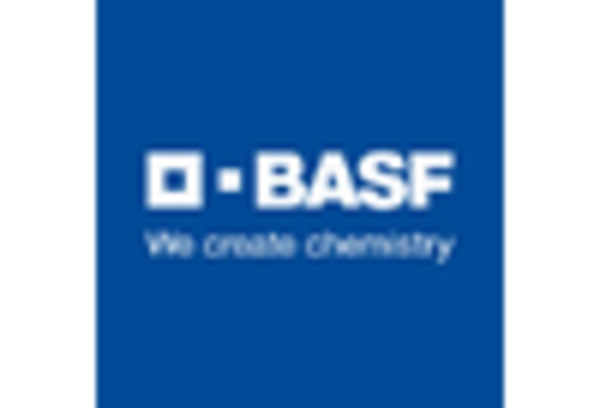
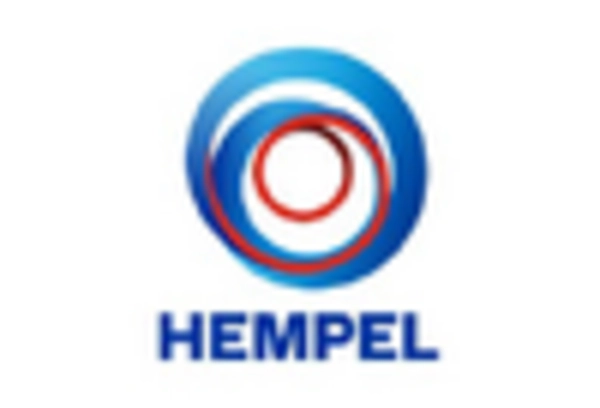
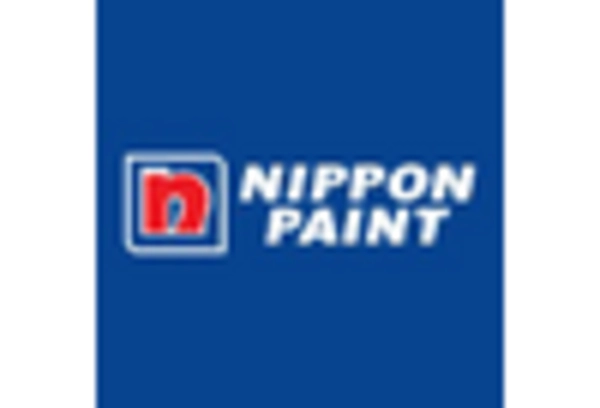
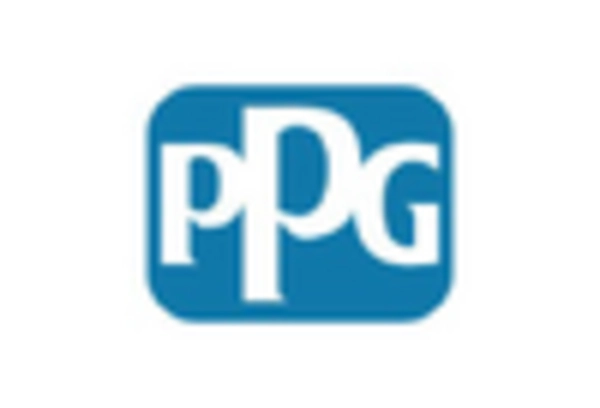
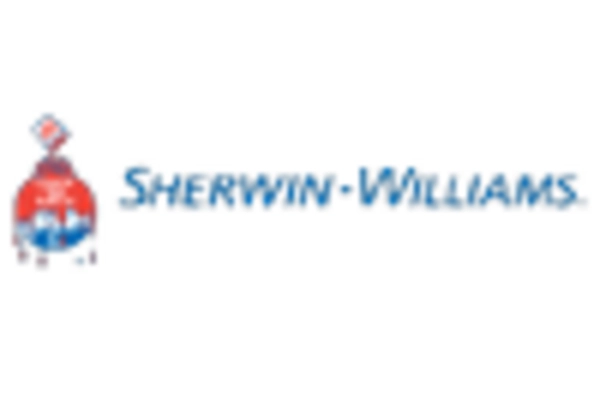








Leave a Comment